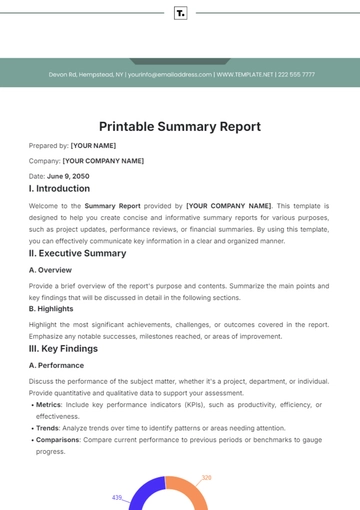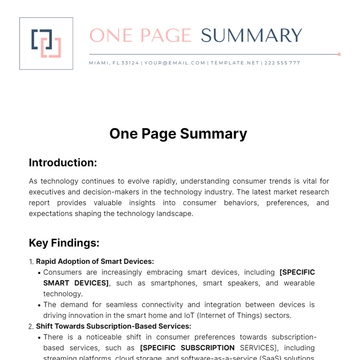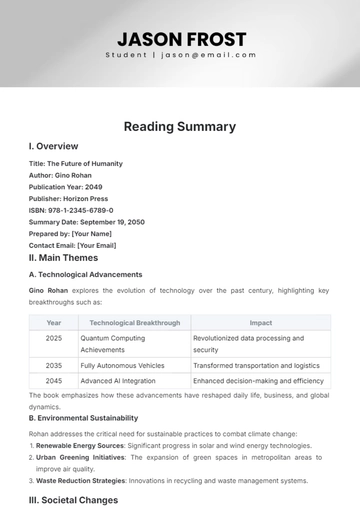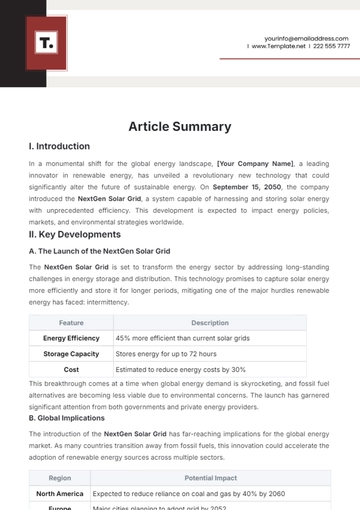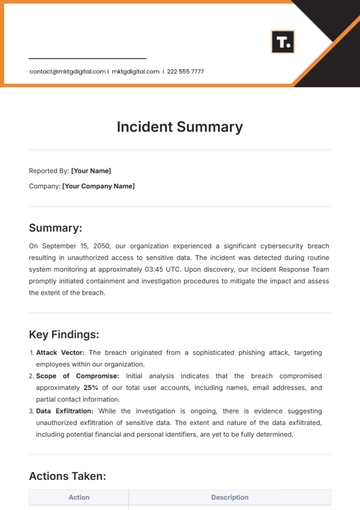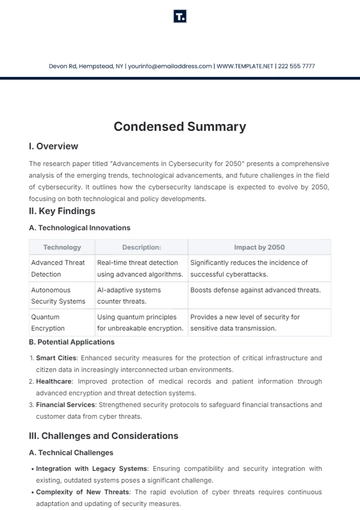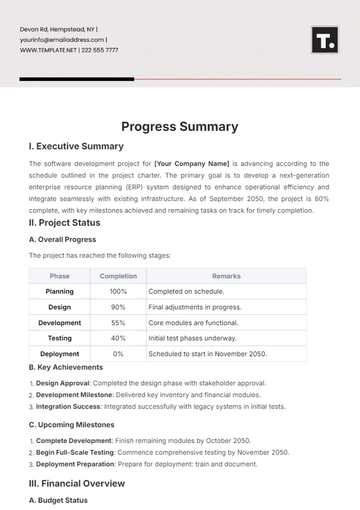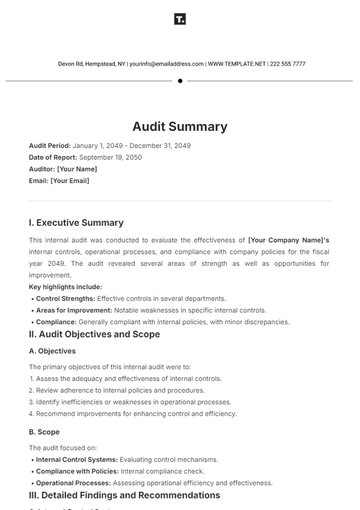Knowledge Summary
Introduction:
This knowledge summary addresses the pressing issue of climate change and its significant implications for biodiversity conservation efforts. As global temperatures continue to rise, ecosystems undergo unprecedented transformations, impacting habitats, species distributions, and ecological interactions. Throughout this summary, [RESEARCHERS] can insert specific details relevant to [THEIR REGION]. It aims to explore the multifaceted effects of climate change on biodiversity conservation and discuss customizable strategies to mitigate its adverse impacts.
Impact on Species Distribution:
Climate change significantly affects species distribution by altering their suitable habitats. As temperatures rise, [SPECIES] are compelled to migrate poleward or to higher elevations in pursuit of cooler environments, disrupting established ecological communities. This phenomenon, termed range shifts, may result in mismatches between [SPECIES] and their habitats, posing threats to their survival.
Impact on Phenology:
Climate change alters the timing of key biological events, collectively referred to as phenology, including [BIOLOGICAL EVENTS]. Fluctuating temperatures may accelerate or postpone these events, leading to mismatches in species' life cycles, such as those between [SPECIES] and their [RELATION]. These disruptions can trigger cascading effects on ecosystem dynamics. Users can apply this insight to understand how climate change affects the timing of biological processes in their specific contexts.
Impact on Ecosystem Services:
Biodiversity sustains crucial ecosystem services, such as [ECOSYSTEM SERVICES], and [ECOSYSTEM SERVICES]. Climate change-induced biodiversity loss jeopardizes the stability and resilience of ecosystems, diminishing their capacity to deliver these services. The ramifications extend to human well-being, food security, and economic prosperity.
Mitigation Strategies:
Addressing the impacts of climate change on biodiversity conservation requires concerted efforts at [SPECIFY LEVELS]. Key mitigation strategies include:
Habitat Restoration: Restoring degraded habitats and creating wildlife corridors to facilitate species movement and adaptation to changing climatic conditions.
Sustainable Land Management: Implementing sustainable land-use practices, such as [SPECIFY PRACTICES], to conserve biodiversity while mitigating climate change.
Protected Areas Expansion: Increasing the coverage and connectivity of protected areas to safeguard critical habitats and species from climate change-induced threats.
Community Engagement: Involving [SPECIFY STAKEHOLDERS] in conservation efforts, fostering stewardship, and promoting sustainable livelihoods to enhance resilience to climate change impacts.
Users can tailor and incorporate these strategies into their conservation plans to mitigate the adverse effects of climate change on biodiversity.
Conclusion:
The challenges posed by climate change to biodiversity conservation are substantial, endangering the stability and functionality of ecosystems globally. A comprehensive grasp of the intricate interplay between climate change and biodiversity is essential for devising impactful mitigation and adaptation strategies. Through the implementation of proactive measures and the involvement of stakeholders at every level, we can strive to conserve Earth's diverse biodiversity for [SPECIFY RELEVANT].
Prepared By: [Your Name]
Summary Templates @ Template.net




